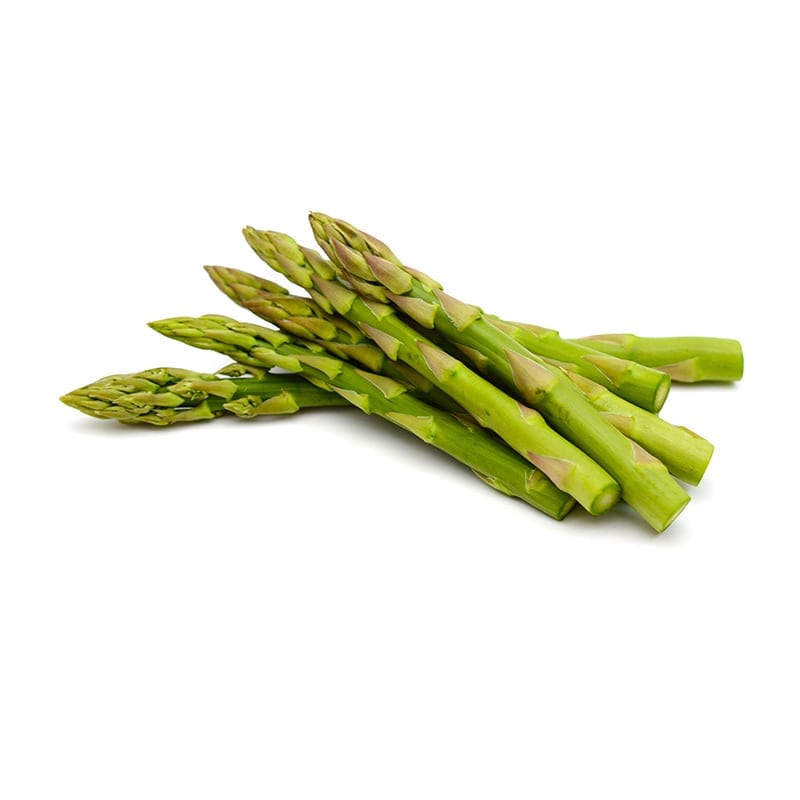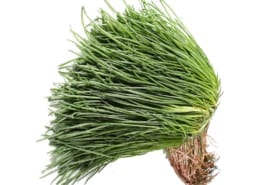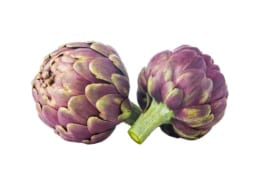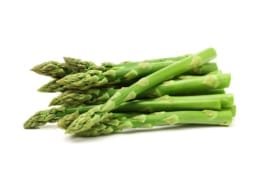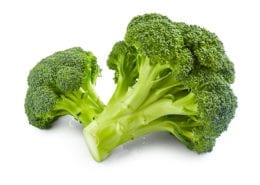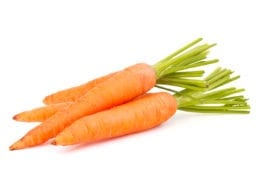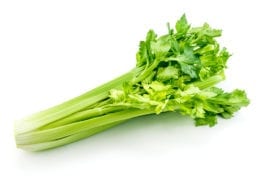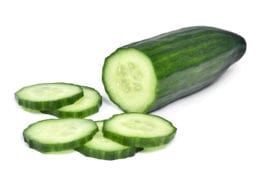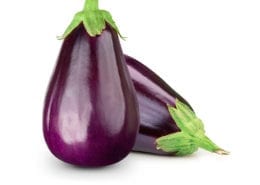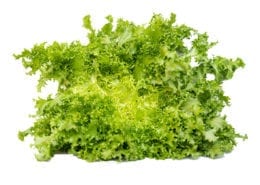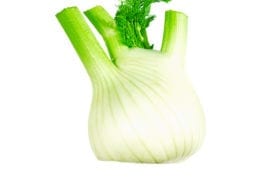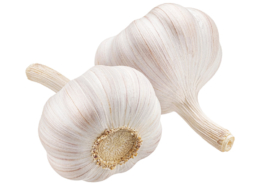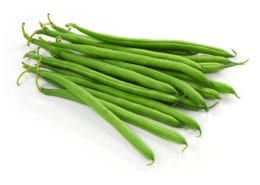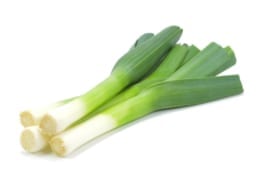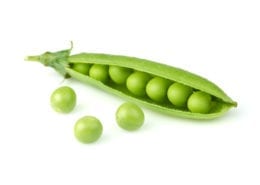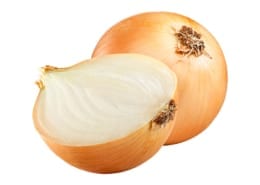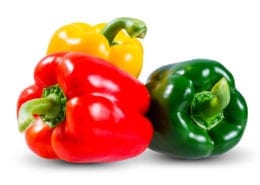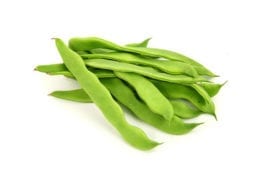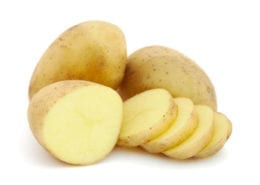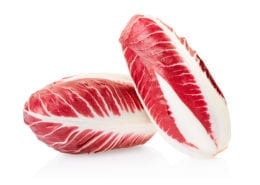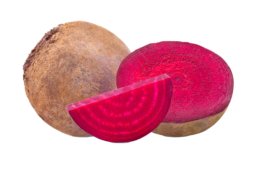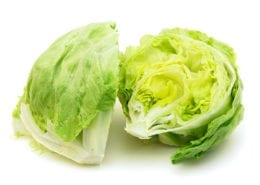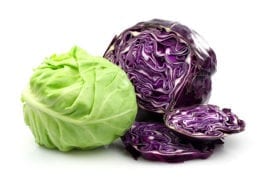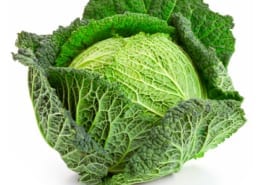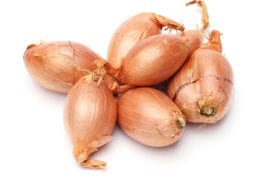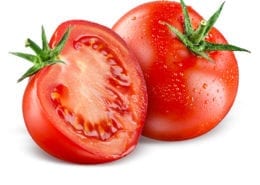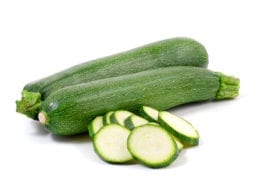Asparagus
The term asparagus or asparagio (from the Greek aspharagos, which is from the Persian asparag, or bud) can designate both the whole plant and the buds of the plant Asparagus officinalis L. It belongs to the family of Liliaceae, a monocotyledon angiosperm.
The asparagus has particular diuretic properties, is appreciated by gourmands and has a thousand-year history behind it.
It is a dioecious species that carries male and female flowers on different plants: the fruits (produced by female plants) are small red berries containing black seeds. The plant has rhizomes, modified stems that grow underground forming a reticule; from them the shoots depart, that is the epigean and edible part of the plant. In the case of forced cultivation, the turion is white while in the open field due to the chlorophyll photosynthesis it assumes a green color. If they are not collected for consumption by shoots, stems vary in length from 1 to 1.5 m; these stems must be collected when they have not yet reached a hard consistency.
The leaves (cladòdi) of this plant are minute and gathered in bundles of 3-6. Unlike many vegetables, where the smaller and finer shoots are also more tender, the larger stems of the asparagus have a greater pulp than the thickness of the skin, making them more tender.
Variety
Asparagus
-
White
-
Green
Seasonality
Asparagus


